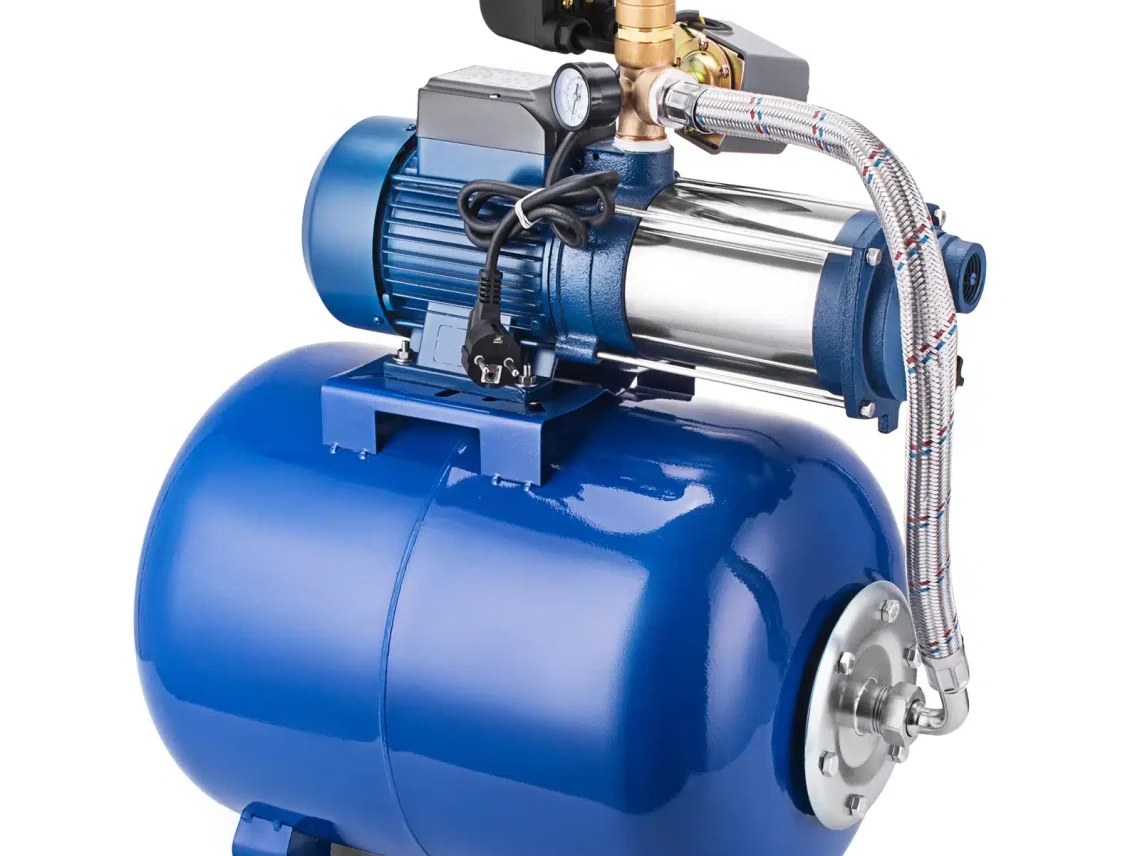Is Heat Exchanger a Pressure Vessel?

Table of Contents
ToggleIntroduction to the Heat Exchanger as a Pressure Vessel
Heat exchangers and pressure vessels are two terms frequently used in industries like manufacturing, energy, and engineering. But what exactly is a heat exchanger? Furthermore, how does it relate to a pressure vessel? Let’s delve into these questions.
Basics of Heat Exchangers
Heat exchangers are devices designed to transfer heat between two or more fluids without them mixing. Typically, they come in various types:
- Shell and Tube: Widely used in industries due to their robust design.
- Plate: Compact and efficient, often used in HVAC systems.
- Finned Tube: Common in air conditioning and refrigeration systems.
As a result, these devices are integral in industries ranging from petrochemicals to food processing.
Understanding Pressure Vessels
Pressure vessels are containers designed to hold gases or liquids at a pressure substantially different from the ambient pressure. For example, they can be as simple as compressed air tanks or as complex as nuclear reactor vessels. Common types include:
- Storage Vessels: Tanks that store fluids under pressure.
- Reactors: Used in the chemical industry to contain reactions.
- Separators: Separate fluids into their constituent components.
In essence, both pressure vessels and heat exchangers play crucial roles in industrial processes. Therefore, understanding their differences and uses is vital for efficient system design.
Heat Exchangers as Pressure Vessels
Not all heat exchangers are pressure vessels, but many operate under pressure. Factors that qualify certain heat exchangers as pressure vessels include:
- The differential pressure they operate under.
- The potential hazards if a failure occurs.
- Regulations and standards, such as the ASME Boiler and Pressure Vessel Code.
Key Differences and Similarities
While heat exchangers and pressure vessels serve different primary functions, they share operational similarities:
- Both are designed to contain fluids without leaking.
- Both must be robust and able to withstand operational stresses.
However, their structural designs can differ significantly based on their intended function.
Importance of Proper Maintenance
Pressure failures in heat exchangers can be catastrophic. Hence, regular maintenance is crucial:
- Check for signs of corrosion or wear.
- Ensure seals and gaskets are in good condition.
- Periodically test the pressure integrity of the device.
Case Studies
- Example 1: A petrochemical plant in Texas uses shell and tube heat exchangers as pressure vessels to cool down hot liquids under high pressure.
- Example 2: An incident in a European power plant where a heat exchanger’s pressure failure led to a shutdown, emphasizing the importance of regular inspections.
Conclusion
Heat exchangers and pressure vessels are distinct in their primary functions. However, many heat exchangers qualify as pressure vessels due to the pressures they operate under. Recognizing this relationship is vital for ensuring safety and efficiency in various industries.
Need a reliable partner?
FAQs About Heat Exchangers and Pressure Vessels
Is a heat exchanger considered a pressure vessel?
No, a heat exchanger and a pressure vessel are distinct entities, although they may be components within the same system. A heat exchanger is designed to transfer heat between two fluids, while a pressure vessel is designed to contain and withstand pressure. While heat exchangers may be part of a larger system, they do not share the same primary function as pressure vessels.
Can a heat exchanger experience pressure changes?
Yes, heat exchangers can be subjected to pressure changes as part of the overall system in which they operate. However, it’s crucial to note that their design is not primarily focused on containing pressure. Pressure changes in a heat exchanger are typically secondary to their primary function of heat transfer.
Are there safety considerations specific to heat exchangers?
Yes, safety is paramount when dealing with heat exchangers. While they are not pressure vessels, they are still integral components in systems where pressure may fluctuate. Proper maintenance, regular inspections, and adherence to recommended operating conditions are crucial to ensuring the safe and efficient performance of heat exchangers.
What are the key differences in design between heat exchangers and pressure vessels?
The design considerations for heat exchangers and pressure vessels differ significantly. Heat exchangers focus on maximizing heat transfer efficiency, requiring specialized configurations for fluid flow. Pressure vessels, on the other hand, emphasize structural integrity to withstand and contain pressure. Different materials, fabrication techniques, and codes and standards govern their respective designs.
Can a pressure vessel contain a heat exchanger?
Yes, pressure vessels often house heat exchangers as part of a larger system. This integration is common in industries where heat transfer and pressure containment are interconnected requirements. The pressure vessel provides the structural framework to contain the fluids under pressure, while the heat exchanger facilitates the necessary heat exchange processes.
Table of Contents
ToggleRelated Blog Post
- What is the difference between a boiler and a pressure vessel?
- Is heat exchanger a pressure vessel?
- What is the vessel for transporting oil?
- What is the process of pressure vessel
- What is the pressure in the oil and gas separator?
- What material is used for pressure vessels?
- Are oil tankers pressurized?
- What are the parts of pressure vessel?
- How many barrels of crude oil can a vessel carry?
Solutions
In the realm of industrial solutions, Red River emerges as a pioneer, offering a diverse range of custom-engineered products and facilities. Among our specialties is the design and production of Custom/OEM Pressure Vessels, meticulously crafted to meet individual client requirements, ensuring performance under various pressure conditions. Our expertise extends to the domain of prefabrication, where Red River leads with distinction.
The company excels in creating prefabricated facilities, modules, and packages, reinforcing its stance as a forerunner in innovation and quality. This proficiency is further mirrored in their Modular Skids offering, where they provide an array of Modular Fabricated Skid Packages and Packaged equipment. Each piece is tailored to client specifications, underlining their commitment to delivering precision and excellence in every project they undertake.
